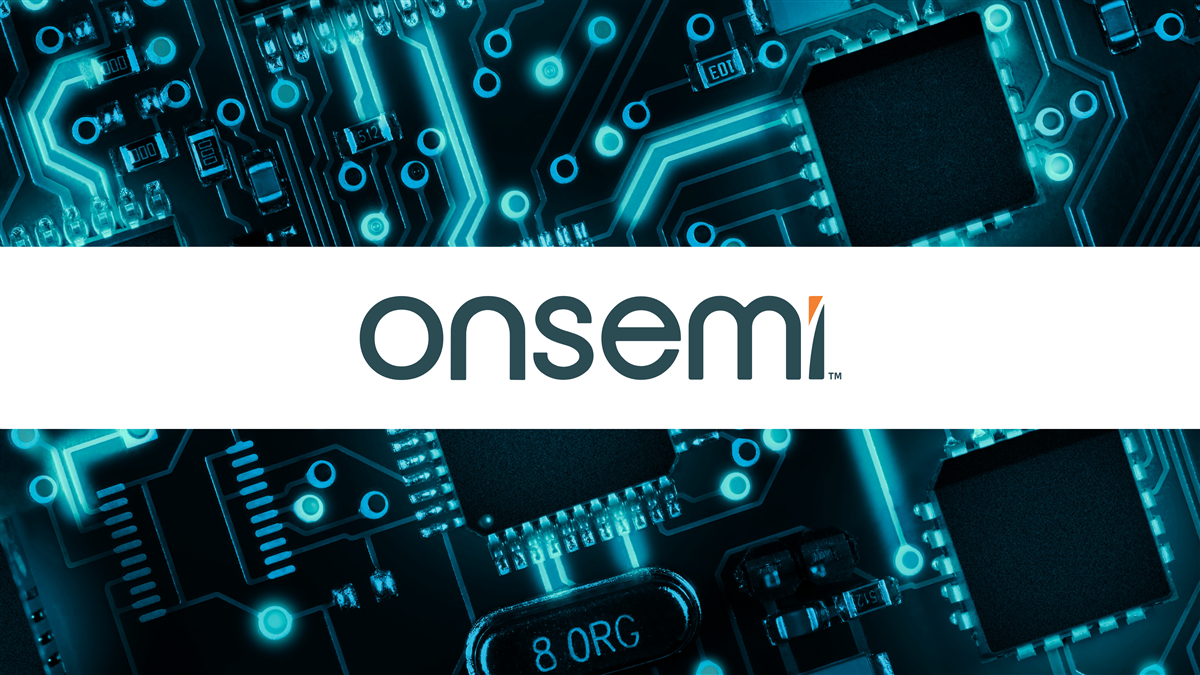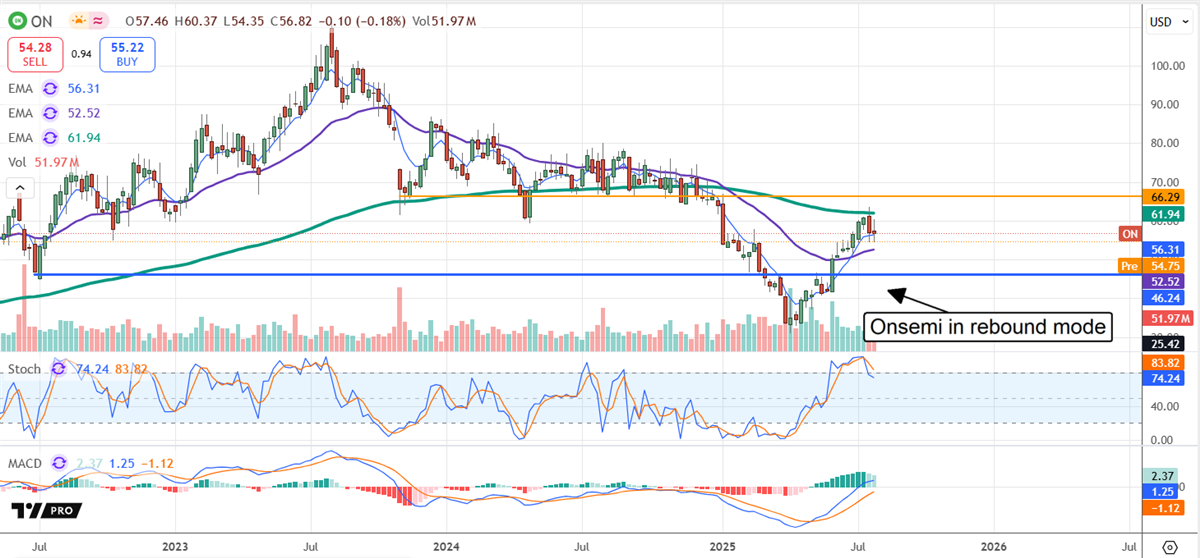| Written by Nathan Reiff 
In the last week of July, D-Wave Quantum Inc. (NYSE: QBTS) received two new Buy ratings from analysts at Canaccord Genuity and Rosenblatt Securities, as well as a $2 price target boost from B. Riley. These analyst moves come ahead of D‑Wave’s Q2 earnings, scheduled for August 7, 2025, which will provide more context for the company’s revenue trajectory and profitability outlook—either through sales of its quantum systems or, potentially, through innovative partnerships—which investors have been waiting for. So why the sudden new votes of confidence despite a lack of an update on the earnings front? D-Wave's Cryogenic Packaging One potential reason is D-Wave's recent announcement of a new strategic development initiative centered around cryogenic packaging. While this process is likely difficult for anyone without significant technical expertise in quantum computing to grasp fully, suffice to say cryogenic packaging could be transformational for D-Wave. Cryogenic packaging is a specialized method of enclosing and interconnecting quantum computing chips so they can operate at extremely low temperatures, often near absolute zero. These frigid conditions are necessary to maintain the quantum states of qubits, which are incredibly delicate and prone to decoherence from heat, noise, Why Gate-Model Matters Gate-model quantum computing is an alternative approach to quantum computing from D-Wave's annealing tech. Annealing is known for its ability to solve optimization-related problems, making it very effective at certain applications but less so for generalized quantum computing needs. In contrast, gate-model tech is known to be more versatile. For that reason, some analysts have suggested gate-model approaches may be more likely to achieve widespread marketability than annealing approaches. Some of the biggest tech firms exploring quantum, like IBM (NYSE: IBM) and Alphabet Inc. (NASDAQ: GOOGL), have predominantly focused their efforts on gate-model for this reason. If cryogenic packaging facilitates a rapid development in D-Wave's gate-model technology, it would put to rest the arguments of some bearish analysts who have suggested the company is pursuing a technological dead end. Thanks to its work with JPL, D-Wave has already achieved end-to-end superconducting interconnect between chips, a crucial step in this process. Beware the Possibility of Overhype For an idea of how the broader market reacted to D-Wave's recent announcement, it's worth noting that shares of the company did not spike following the news. In fact, QBTS fell by some 15% in the several days before and after the announcement. As with so many developments in the quantum space, it can be difficult for individual investors to assess how significant a technological breakthrough may be for a particular company. In this case, it may be that D-Wave's other outstanding issues—its history of losses and struggles with profitability and revenue, say, or its repeated dilutive actions in order to bulk up its cash reserves—are more immediately concerning. Still, while investors should beware the potential to overhype a development like cryogenic packaging, it can point to D-Wave's continued efforts to grow its technological footprint and, with the possibility of a move toward gate-model, to respond to criticism of its prior strategy. To determine just how important that may be in the near term, investors will likely need to assess this technological update in conjunction with a fuller view of D-Wave's performance in the most recent quarter via its earnings report. The report will be the real test of whether the company can deliver on both innovation and financial execution. For now, D-Wave remains an analyst favorite, with all 10 analysts tracked by MarketBeat assigning it a Buy rating. Thanks to recent coverage, the company now has upside potential of about 2% based on a consensus price target of $16.70.  Read This Story Online Read This Story Online |  The original "Magnificent Seven" turned $7K into $1.18 million.
Now, Alex Green has identified AI's Next Magnificent Seven—seven stocks he believes could deliver similar gains in under six years. His full breakdown is now live. Watch the "Next Magnificent Seven" presentation here |
| Written by Gabriel Osorio-Mazilli 
After being left behind on the broader S&P 500 rally, it seems the real estate sector is now cold enough (and cheap enough) for some Wall Street participants to start considering it again. This time around, spotting unusual call options trading activity can lead investors to where these high convictions are for the market, especially in the homebuilding industry. The SPDR S&P Homebuilders ETF (NYSEARCA: XHB) has reported an unusual level of interest coming from options traders on the call side, which is fundamentally a bet that the entire space is going to see higher prices in the coming months. Spotting these trades is crucial due to options' inherent leverage and expiration, which raises the stakes even higher for those who invest a substantial amount of capital in any given idea. However, those investors looking for the outsized return opportunities in homebuilding names could (and should) do some individual stock picking for their portfolios, which is where today’s list comes into play. Builders like PulteGroup Inc. (NYSE: PHM), Lennar Corp. (NYSE: LEN), and Toll Brothers Inc. (NYSE: TOL) are at the top of the queue, primed for the next wave of market action. Momentum Has Shifted for PulteGroup Stock Even though this homebuilder still trades at only 78% of its 52-week high level, keeping it within an official bear market, the recent price action seems to show a potential underlying change happening right now. Over the past quarter, this stock has delivered a net return of 11.7%, indicating a slightly more positive sentiment to investors. With this price action in mind, it shouldn’t be a surprise for investors to see some institutions focused on these momentum strategies have bought into PulteGroup stock recently. As of late July 2025, those from Nordea Investment Management have justified a 2.8% boost in their PulteGroup holdings, bringing their stakes to a high of $94 million today. Perhaps it is the housing market's bottoming cycle, with data from building permits to mortgage applications showing a potential turnaround for the second half of 2025. The catalyst behind this shift could be credited to the Federal Reserve and the speculation that interest rate cuts could be hitting the economy in this time horizon. Knowing these factors are at play for this homebuilder, UBS analyst John Lovallo decided to express his optimism on the future of the company through a Buy rating. This view came coupled with a valuation boost to $150 per share. From where the stock trades today, this call implies an additional upside potential of 29%. EPS Growth Could Send Lennar Stock Soaring One of the main drivers behind a stock’s price action is its underlying earnings per share (EPS) growth rate. Lennar stock has grown enough to make investors consider a new potential ceiling in the company’s valuation. Compared to today’s reported $1.90 in EPS, Wall Street analysts and their forecasts for $3.09 in EPS for the fourth quarter of 2025 imply that Lennar could deliver a net EPS growth rate of roughly 60% to justify a similar jump in the stock’s price action in percentage terms. Whether this scenario unfolds will depend on the fundamental setups and catalysts at play, particularly a rebound in housing data, such as permits and mortgage applications, which will be directly influenced by the Fed's decisions before 2025. As of the company’s latest quarterly results, it seems that this turnaround might be taking on water, considering that new orders reached 22,601 total homes for an annual growth rate of 6%, not a figure that is expected from a slowing business. Short Sellers Admit Toll Brothers Stock Is Headed Higher Over the past month alone, 9.1% of Toll Brothers’ short interest declined in a sign of potential bearish capitulation, especially as more and more participants realize that the macro backdrop has now created an asymmetrical setup that favors the bulls over anyone else. With this setup in mind, it should be expected that some investors in the market are now willing to take advantage of this opportunity, especially now that the stock has traded down to only 72% of its 52-week high, to amplify the fact that it is a fantastic risk-to-reward ratio for buyers to take advantage of. Allocators from Jennison Associates justified adding an extra 11.2% to their overall Toll Brothers stock holdings as of August 2025, a recent transaction that netted their position to a high of $81.5 million today, also making them one of the largest institutional holders of the company as of today’s terms. It appears that the conviction behind the SPDR S&P Homebuilders ETF can be particularly focused on these three homebuilders, giving investors an unfair advantage before the rest of the market catches up on this trend.  Read This Story Online Read This Story Online |  What If Washington Declared That: YOUR Money ISN'T Actually Yours?
Sounds insane, but that's exactly what the Department of Justice just admitted in court—claiming cash isn't legally your property.
What does that mean? It means Washington thinks they can seize, freeze, or drain your accounts—whenever they want. Get your free guide now by clicking here >> |
| Written by Thomas Hughes 
Onsemi’s (NASDAQ: ON) FQ2 results left something to be desired, but do not alter the long-term outlook. The results include sequential growth and a forecast for it to continue, a signal that the bottom of the business contraction has been seen and the recovery is underway. While it may take time for the recovery to gain momentum, Onsemi is well-positioned for long-term growth due to its focus on SiC microchip technology, critical to numerous industries including EV/AV, drones, and the Internet of Things. The takeaway for investors is that the July price pullback aligns with a market bottom, and the discount is unlikely to linger. Onsemi Provides Favorable Guidance for Q3 Onsemi did not have a blowout quarter, with revenue contracting by 15.5% year-over-year (YOY). However, the $1.47 billion in revenue is slightly better than expected and up sequentially, with the YOY contraction slowing sequentially and compared to last year. Improvement was seen in all segments, led by Power Solutions Group (PSG), which returned to growth, expanding by 2% YOY. The Analog and Mixed-Signal Group (AMG) and Intelligent Sensing Group (ISG) segments remain in contraction, but business is improving with AMG down only 2% YOY and the 8% contraction in ISG about half the pace of previous quarters. Margin news is a sticking point for investors in August. The company’s margins contracted significantly due to business deleveraging, but the news is not all bad. The critical takeaway is that the company continues to generate sufficient cash flow and free cash flow (FCF) to sustain its turnaround, financial health, and capital returns while the business turnaround and industry rebound gain momentum. The net result for Q2 is $106.1 million in free cash flow and $0.53 in adjusted earnings, as expected, compared to the modest strength seen in the revenue comparison. The guidance provides the good news and explains why the stock price is expected to rebound later this quarter. The company is not expecting a robust improvement but is guiding for sequential growth, another slowdown in the YOY contraction, and may be cautious in its estimates, forecasting revenue and earnings slightly above the consensus. 
Capital Return Helps Support the Onsemi Share Price in 2025 Onsemi’s capital return consists entirely of share repurchases, which are robust, reducing the count by more than 4% YOY in Q2 and are expected to continue. The company’s cash flow is reduced compared to prior years, but it continues to improve as the year progresses and into next year. It is improving sequentially in 2025 and is forecasted to continue improving in the next fiscal year. Until then, the cash flow is sufficient to sustain the balance sheet health, which includes ample cash and low leverage. The company’s long-term debt is only $3.3 billion, less than 0.5x the equity and about 1.35x the cash. Institutions show high confidence in Onsemi’s ability to continue buying back shares. After selling on balance in Q1, the group, which owns more than 97% of the stock, reverted to buying on balance in Q2 and continued the trend in Q3. With this in place, it is unlikely that Onsemi stock will hit a new low and more likely that it will continue moving sideways within its newly established range, if not complete a reversal and begin moving higher. Analysts' sentiment trends also align with a bottom for Onsemi’s stock price. Although sentiment and the consensus price target have moderated from earlier in the year, the 24 tracked by MarketBeat continue to rate it as a Hold with bullish bias, and recent price target revisions are upward. They have put the bottom in the consensus, lifting it marginally since the start of summer, and put the stock at fair value with a chance of rising 15% to 35% by year’s end.  Read This Story Online Read This Story Online |  Washington is running out of money…And guess where they'll look next?
When governments go broke, they take from the people.
It's happened before, and it's happening again.
The Department of Justice just admitted that cash isn't legally YOUR property. Get your free guide now by clicking here >> |
|
0 Response to "🦉 The Night Owl Newsletter for August 4th"
Post a Comment